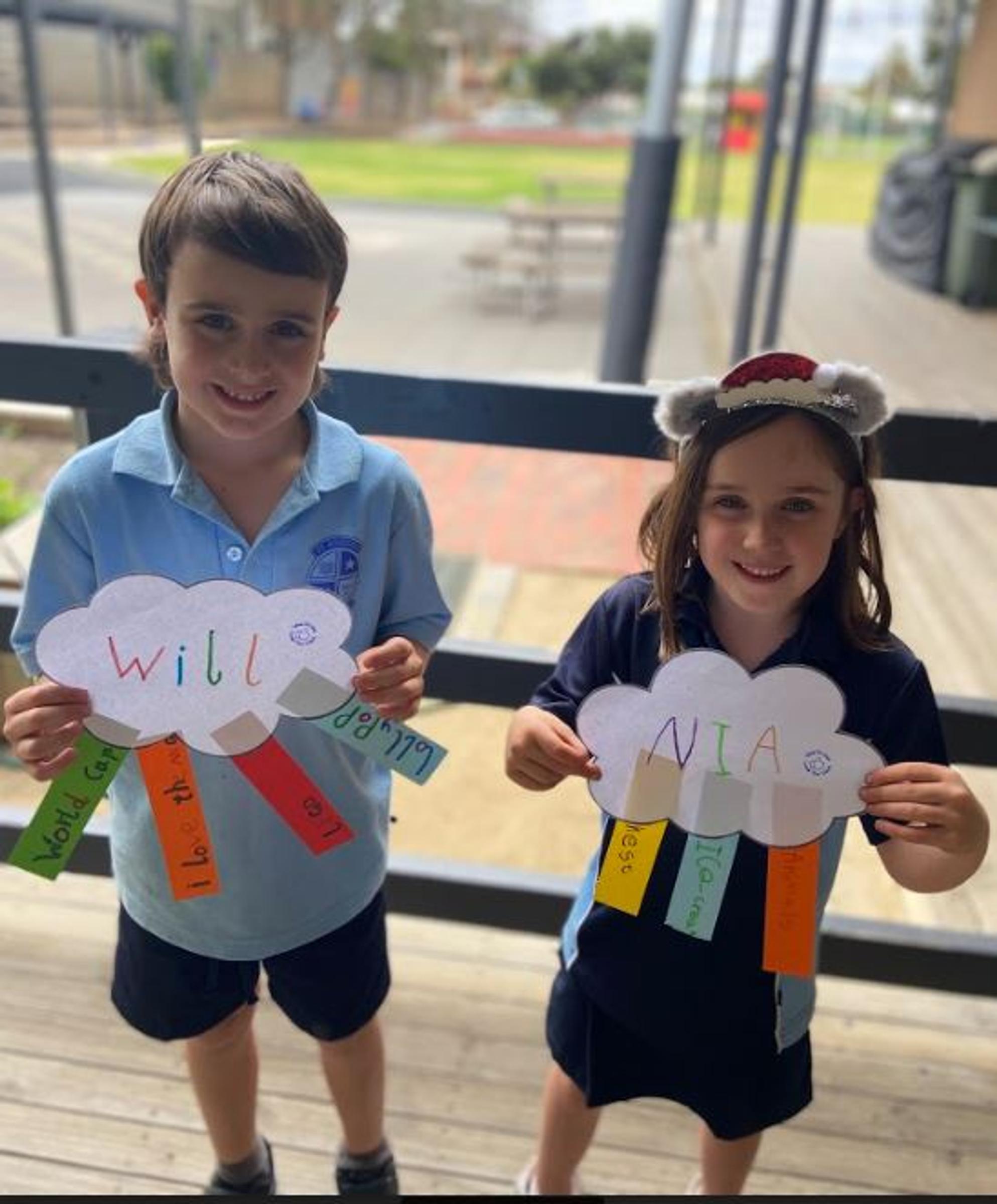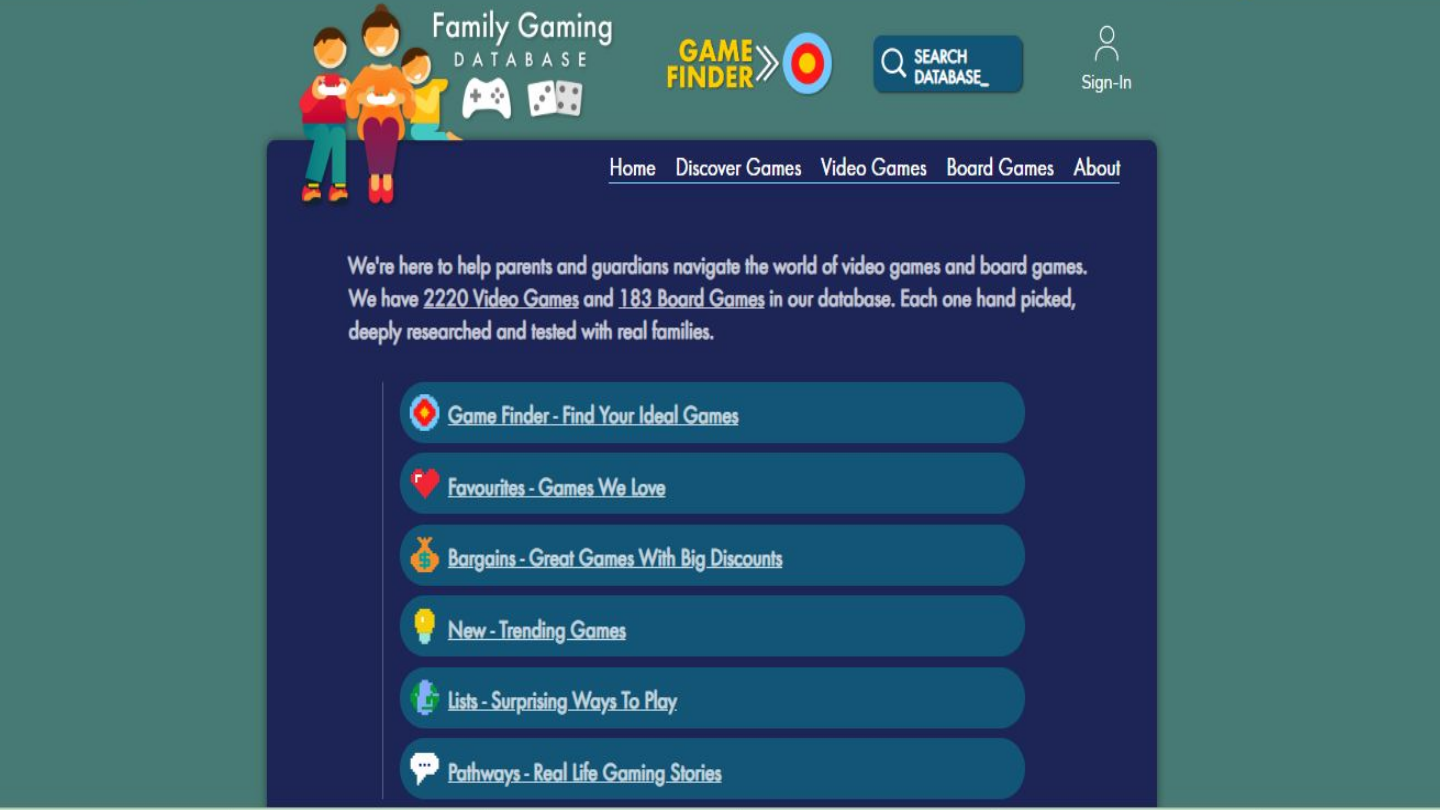WELLBEING NEWS

SAFE GAMING
Click here to learn more about safe family gaming recommended by the Safety Commission of Australia.
ANGLICARE SUMMER SERISE
BIOMIMICRY
Feedback - Kayleigh L
What have you learnt about biomimicry?
What I've learnt is that there are amazing people that have copied the ways of nature to make life easier, better for the environment and more interesting. Some examples of things that we’ve copied from nature are fly traps, poison, fake plants/grass. Some projects where they copied nature are the Eden Project where they used an irregular shaped area and made it into an amazing greenhouse. The Cardboard to Caviar Project where they recycled cardboard and produced caviar. Other projects are the Mobius Project and the Sahara Forest Project.
What else would you like to learn about biomimicry?
- Why do trees grow so tall?
- How do things in nature work together?
- Why do leaves have different features?
- How do people tell if a tree has a gender?
- Do leaves use colours to lure prey in?
- Coil plants create elements like gold and silver?
How could you use what you have learnt in the future?
- If I study biomimicry this could help me if I had a test
- If I study biology
- If I become an architect
- If animals evolve
I enjoyed all of it because it was fun and engaging. Next time maybe we could create our own miniature structure or something like that but that’s all.
Feedback - Oriana P
What have I learnt about biomimicry?
I have learnt what it means, how it works and about projects that apply biomimicry to solve a problem. I wonder how humankind could use it in the future? It was very interesting and it was something that I did not know about.
What else would I like to learn about biomimicry?
I would like to learn more about how we use it and how humankind would use biomimicry to improve our future. I would also like to learn more about plants and animals.I would also like to know how humankind could replicate materials from animals that we do not have.
What could I use what I have learnt in the future?
I could use this knowledge if I get a job that involves biomimicry or if I am doing a project in the future. I could use this knowledge if I made clothing with silk using some of the features that a spider does to build a web.
I think this was an awesome topic, it challenged our minds with something we did no know on a topic we could use in the future. It was also a very challenging topic that not all the time we could answer the questions too.
Feedback - Emi T
What have you learnt about Biomimicry?
I previously wasn’t aware that biomimicry even existed so the majority of the things that I found out about were new to me.
I learnt:
- The definition
- Examples
- How it is used
- Why it is used
- What it is
- What a closed loop is
- What a linear process is
- What ETFE is
- Biomimicry’s connection to adapting
The ‘I wonder’ questions were a highlight because we could explore our mind for unanswered questions and have small discussions about what we think the questions mean. One of my favorite questions that I asked was if there was a human version of catnip. My friends and I agreed that it would probably be a drug but it would be interesting to see how people would react if there was a natural plant that made people happy. Would they shy away from the plant, not wanting to know what that mysterious new plant was or would they want more of it for their own use?
What else would you like to learn about Biomimicry?
I’m curious to learn about biomimicry, where it started and why.
How could you use what you have learnt in the future?
If I consider a career in Biology and I stumble across this area I could already have a foundation of an idea on what I would want to do but I’m not sure what I want to do when I grow up.
I really like these mini classes when we learn about things that we don’t get taught in class. The subject that you chose was definitely something that I enjoyed learning about because I had never even heard of the word. We explored questions that I hadn’t even thought of, I really like these critical thinking classes.
Feedback - Roman G
I have learnt that biomimicry is when we copy ideas and structures from nature to make living more sustainable.
I would like to learn what would happen if we didn't use biomimicry, and how much biomimicry improves our life.
In the future I can use this what I am learning about the environment, and I can maybe bring up ideas about how we can use ideas from nature and use it in our everyday lives.
I think you did a good job teaching us the basics of biomimicry and how we can use it later.
Feedback - Eliana L
What have you learnt about Biomimicry?
What I have learnt about Biomimicry is what it is about and how we have used it and applied it in towns and cities. Biomimicry is how humans use aspects of animals adaptations in nature to solve problems. Some examples are how some bugs can detect bush fires from a long way away, and humans can't even detect it! I would like to learn more about the fascinating creatures we have on our earth and how they have features and abilities that humans can only dream of having. I would also like to learn more about how we can adapt this into our life and the potential benefits that will come with this.
How I will use this knowledge in the future is by observing our nature more and thinking about all the special features our creatures have and how it occurs naturally to them. I may also use this in highschool as a feature of learning for design and architecture.
Some feedback for future years is asking the students for an opinion and taking a vote so they can have a topic that the majority of kids are interested in and excited to learn about. But you did well teaching us about biomimicry and giving us opportunities to learn more about our environment and creatures.
Belinda Wendt
Learning Diversity Leader



